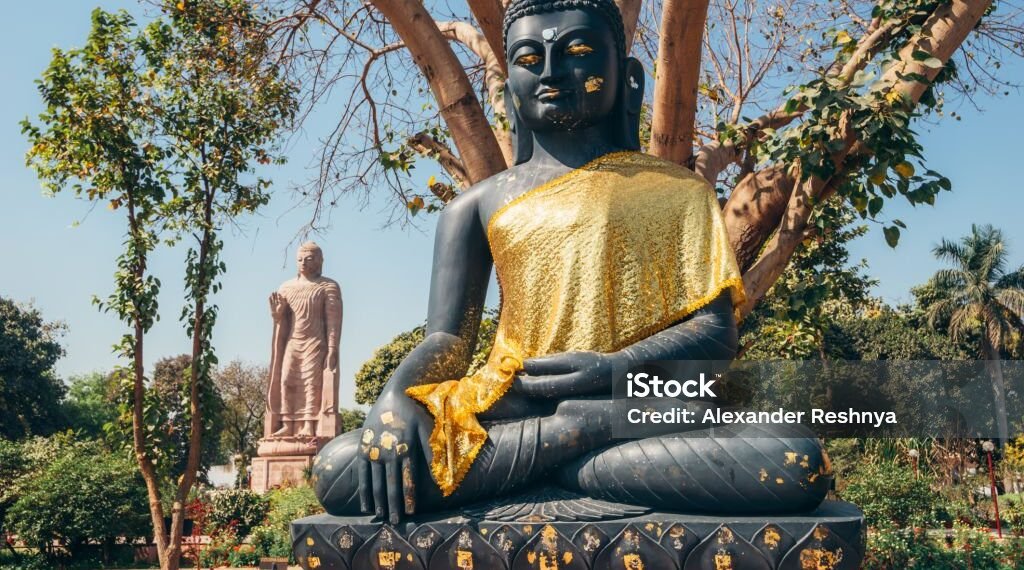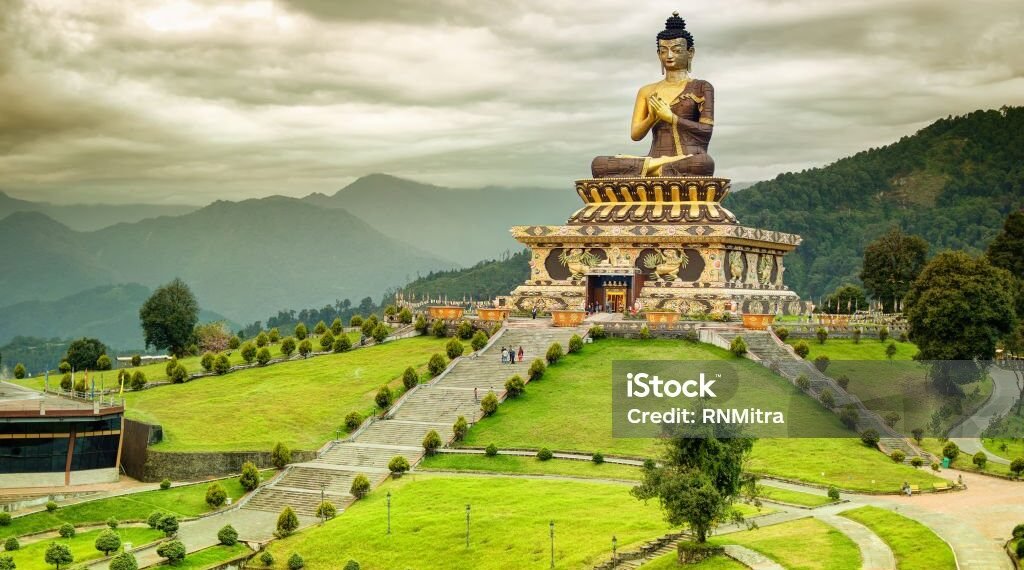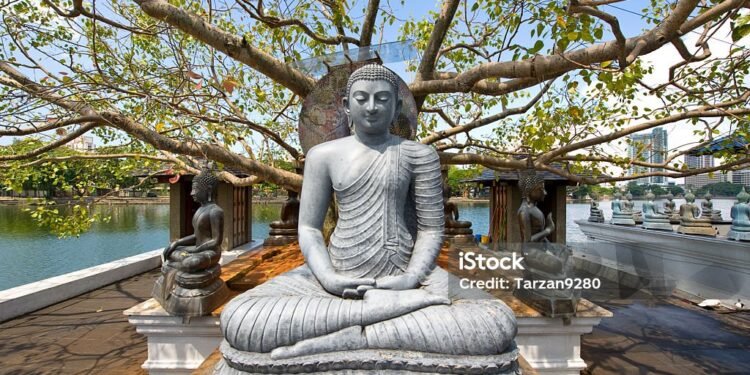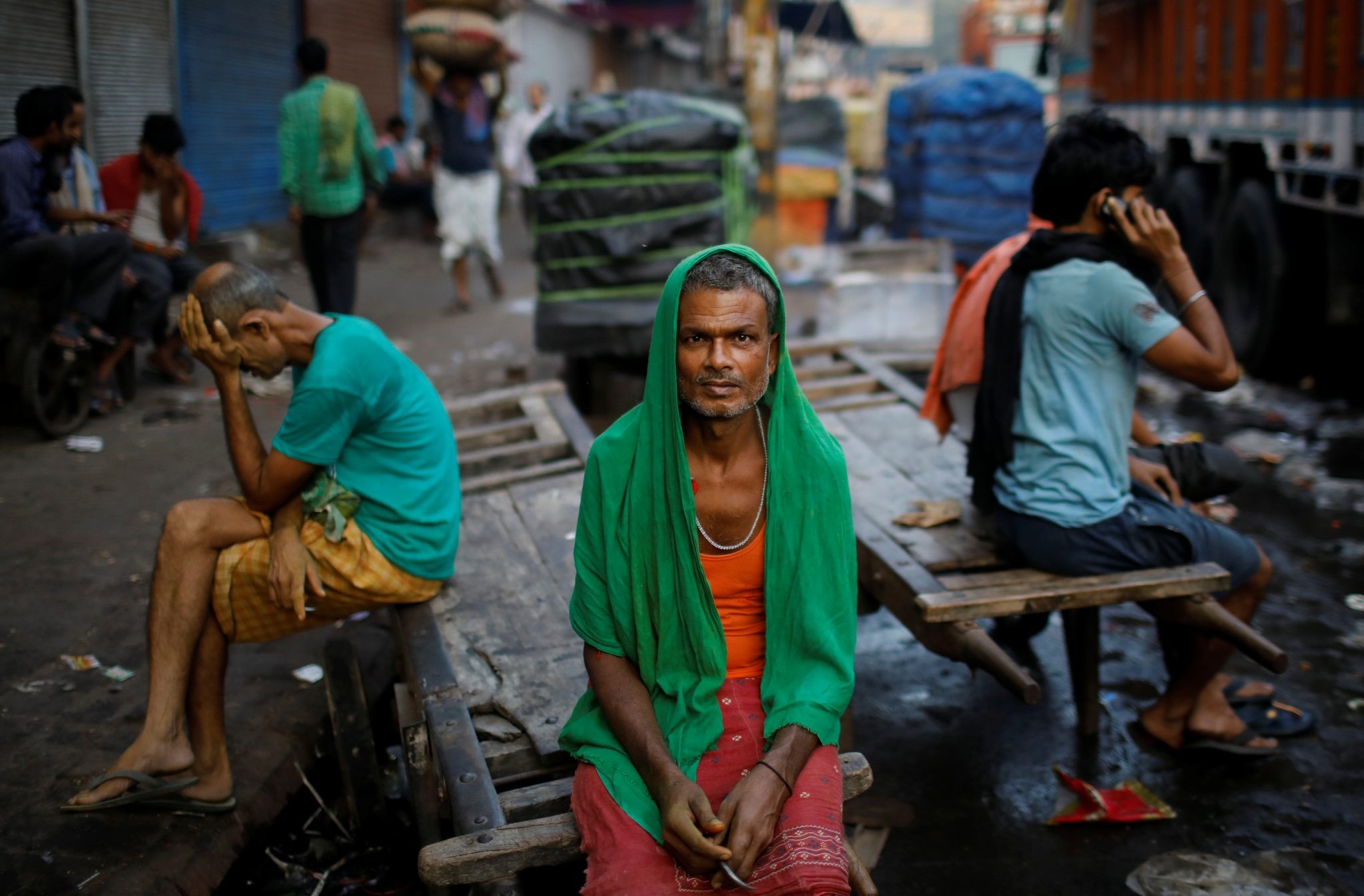Introduction
Gautama Buddha’s life traces a journey from princely ease to renunciation, awakening under the Bodhi tree at Bodh Gaya, the first sermon at Sarnath, and decades of teaching the Middle Way across the Gangetic plain until his final nirvana at Kushinagar.

Birth and early life
Tradition places the Buddha’s birth at Lumbini, in the Shakya clan near the India–Nepal border, where later pilgrims marked the spot as one of four core sites of Buddhist devotion along with Bodh Gaya, Sarnath, and Kushinagar. Raised amid luxury, Siddhartha’s sheltered youth ended when he encountered the Four Sights—old age, sickness, death, and a mendicant—awakening a resolve to confront suffering’s roots.
The Great Renunciation
In his late twenties, Siddhartha left palace life by night—cutting his hair, donning an ascetic’s robe, and setting forth “from home into homelessness” to seek an end to suffering beyond ritual and privilege. He trained with renowned teachers and pushed austerities to extremes with five companions, but realizing such self‑mortification did not yield liberating insight, he abandoned it in favor of a balanced path.
Enlightenment at Bodh Gaya
Seated beneath a pipal (Bodhi) tree at Uruvela (modern Bodh Gaya) by the Niranjana, Siddhartha resolved not to rise until he found the answer; after deep meditation he attained awakening (nirvana), becoming the Buddha, the “Awakened One.” Iconography memorializes eight great moments of his life, with enlightenment and the earth‑touching gesture as central archetypes of victory over delusion.
First sermon at Sarnath
Seven weeks later, at the Deer Park in Sarnath (Isipatana), the Buddha “set the Wheel of Dhamma in motion,” expounding the Middle Way between indulgence and self‑mortification and the Four Noble Truths: suffering, its cause, its cessation, and the Noble Eightfold Path. This teaching, preserved as the Dhammacakkappavattana Sutta, established the sangha with his five former companions as the earliest disciples.
The Middle Way and Eightfold Path
Rejecting extremes, the Middle Way guides practice through eight interlinked trainings—right view, intention, speech, action, livelihood, effort, mindfulness, and concentration—to uproot craving and ignorance and realize freedom. The Four Noble Truths reframe religion as a practical diagnosis–cure path, focused on inner transformation rather than sacrificial rites or social rank.
Teaching years and patrons
Over four decades, the Buddha taught across the Ganga basin, with early support from rulers like Bimbisara and Ajatashatru and urban merchants who endowed parks and monasteries; this patronage helped institutionalize the sangha while keeping the path open to all castes. His sermons emphasized ethical conduct, meditation, and wisdom as universally accessible means to end suffering, often delivered in vernacular idioms for broad reach.
Pilgrimage map of his life
Lumbini: birth amid the sal groves, marking the start of the sacred circuit.
Bodh Gaya: enlightenment under the Bodhi tree at Uruvela, by the Niranjana.
Sarnath: first sermon at Deer Park, “setting the Wheel of Dhamma in motion.”
Kushinagar: final nirvana (parinirvana) at age about 80, closing the arc of teaching.
Why his life still matters
A replicable path: The Buddha framed liberation as a human discipline—ethical, contemplative, and insightful—rather than a privilege of birth or ritual office.
A civic ethic: The Middle Way moderates both denial and excess, shaping communities grounded in compassion, non‑harm, and mindful livelihood.
A cartography of awakening: Lumbini, Bodh Gaya, Sarnath, and Kushinagar remain living classrooms that map key thresholds of the inner journey.
Study pointers
Text anchors: Dhammacakkappavattana Sutta (first sermon) for the Middle Way and Four Truths; recurring emphasis on dependent origination in early discourses.
Timeline cues: Renunciation, austerities, Bodh Gaya enlightenment, Sarnath sermon, decades of itinerant teaching, Kushinagar parinirvana.
Visual motifs: Earth‑touching Buddha, Wheel of Dhamma, deer of Sarnath, Bodhi tree—each encoding doctrinal moments in narrative form.

Beautiful huge statue of Lord Buddha, at Rabangla , Sikkim , India. Surrounded by Himalayan Mountains it is called Buddha Park
Conclusion
From palace to peepal shade, from the silence under the Bodhi tree to the first turning of the Wheel at Sarnath, the Buddha modeled a pragmatic revolution: a balanced discipline that faces suffering, trains the heart–mind, and frees it. The four holy places remain witnesses to a life that turned insight into a path any person can walk, step by mindful step.




